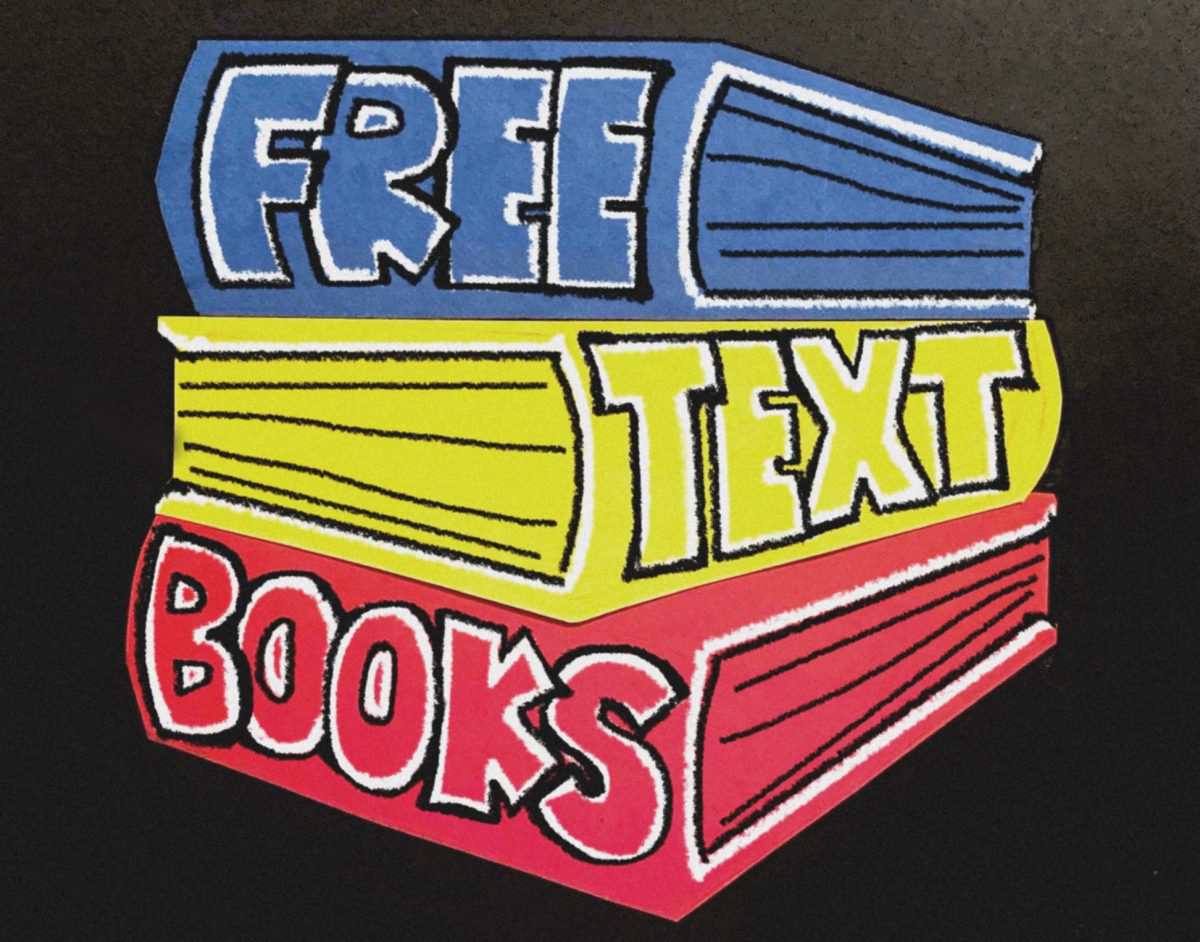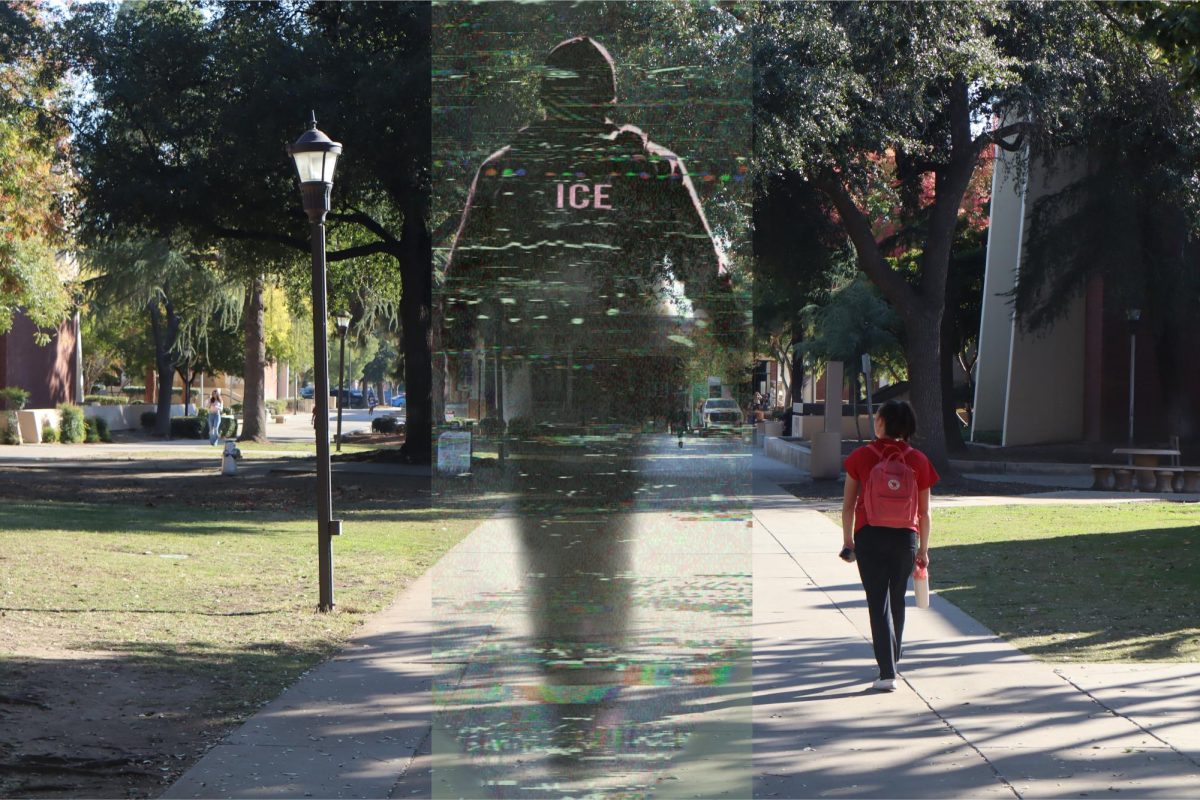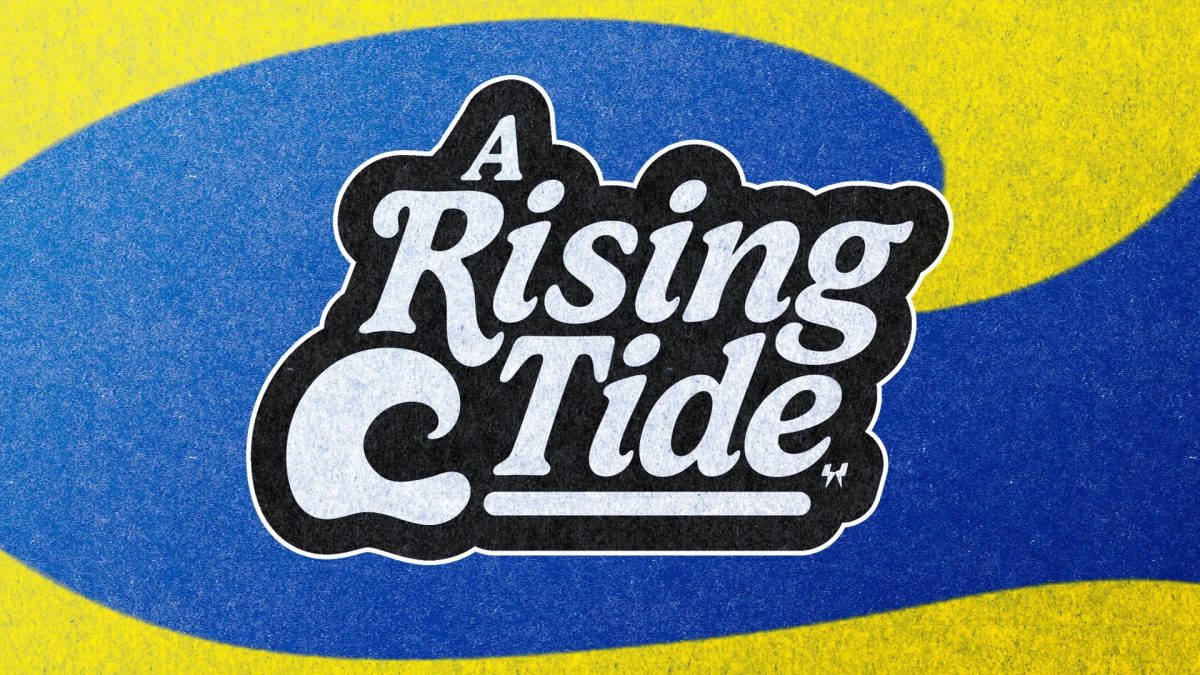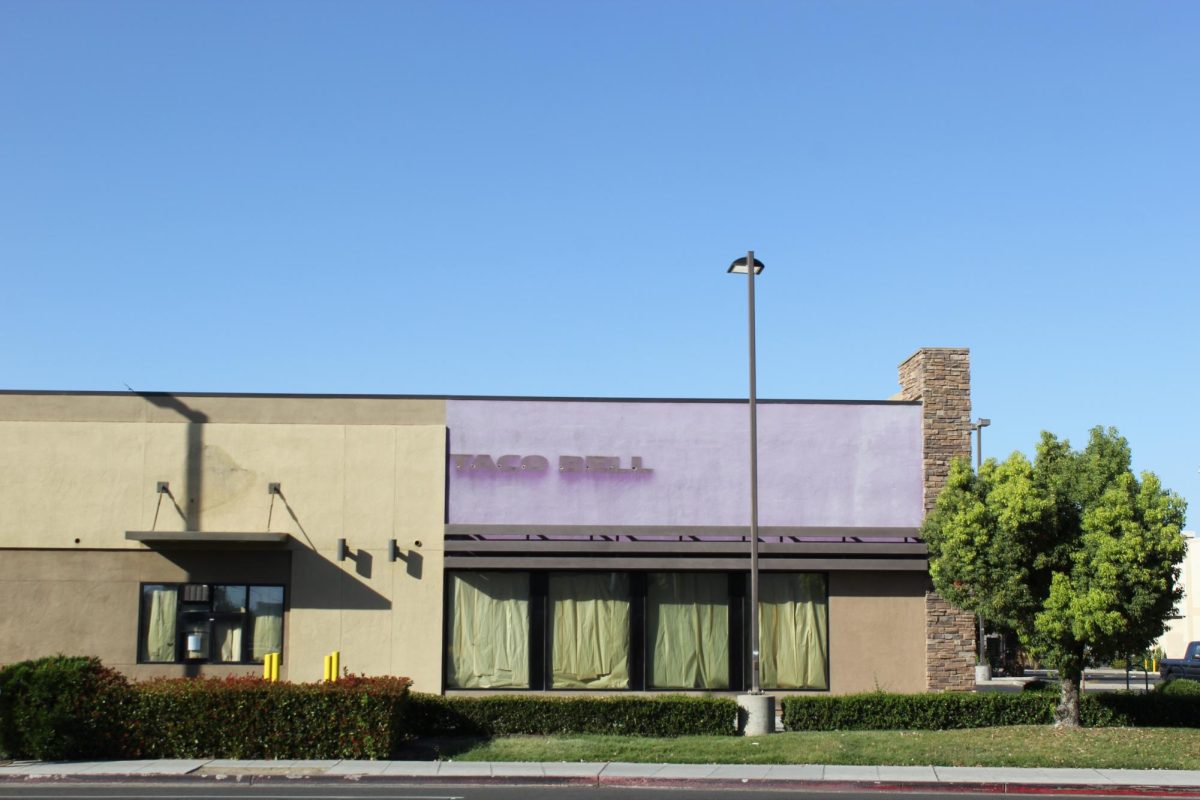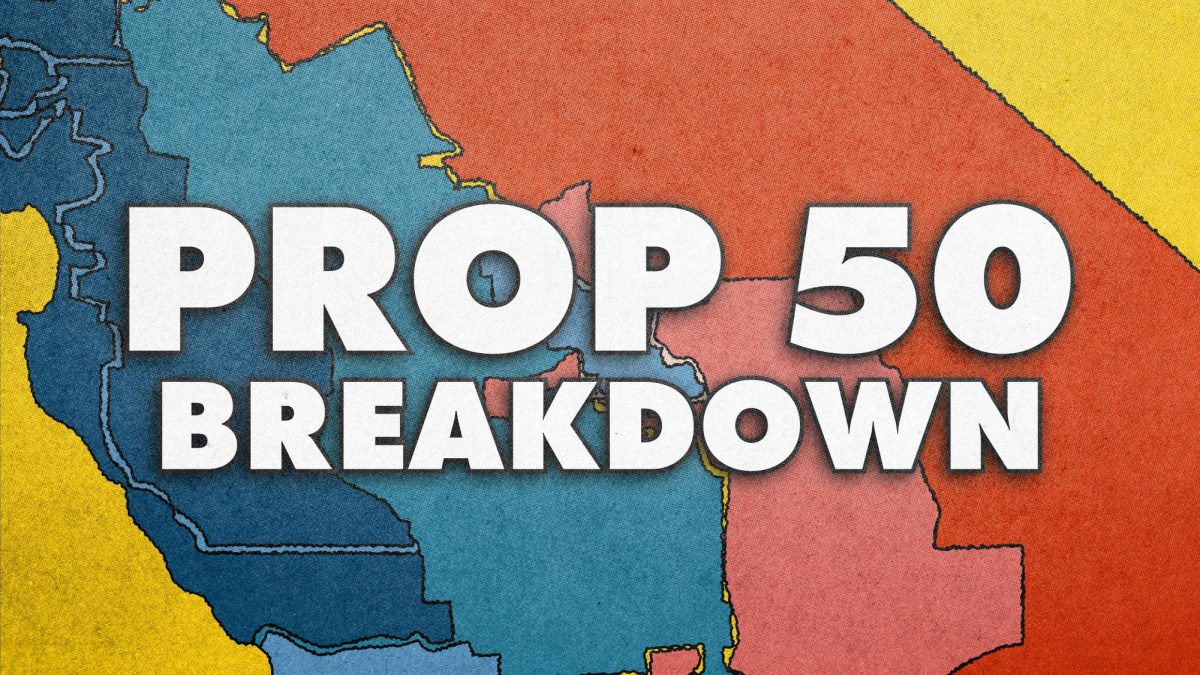Zero/Low Textbook Cost courses have increased at Fresno City College by nearly 20% since 2021. FCC faculty are working to keep that number rising.
Sally Potter, Zero Textbook Cost coordinator and Open Educational Resources lead works to spread awareness about the program.
“Our goal was to increase by 5% a year. But we’re actually at like 10% each year. So we’re kind of ahead of that,” Potter said.
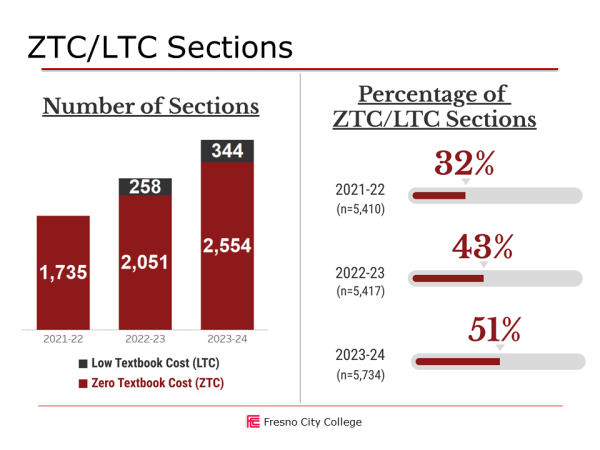
FCC currently offers seven academic degrees funded by the Zero Textbook Cost Degree Grant Program, which intends to lower the overall cost of education for community college students, according to California Community Colleges.
Each degree has been adapted by the OER Committee to include ZTC materials in required classes, allowing students to earn their degree without spending a single dollar on textbooks.
There are three resources offered by the ZTC program that students benefit from.
Zero Textbook Cost (ZTC)
When registering for classes in Self-Service, certain courses will have an icon next to their section names indicating that there are no costs for required materials in that course.
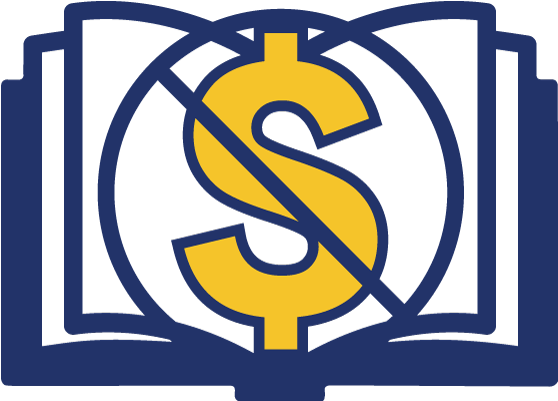
Low Textbook Cost (LTC) required course materials in these classes do not exceed $40.

Open Educational Resources (OER) are not listed in Self-Service but refer to a variety of instructional materials like textbooks, videos, images, assessments and full courses that are in the public domain or are made available to students through a Creative Commons license.
“Basically, OER is talking about the license, it’s an open license, and ZTC is talking about the cost to the students,” Potter said.
Potter said FCC received $200,000 per degree developed by the OER committee after a $20,000 “planning grant” for research was passed in 2022.
That money goes towards advertisements of the program and workshops on creating educational material from scratch.
It goes towards stipends for faculty, a fixed amount of money regularly paid to instructors who work to develop instructional materials for classes.
FCC Mathematics instructor Nathan Allen said any material created by faculty is sent to the copy center located in the Welcome Center.
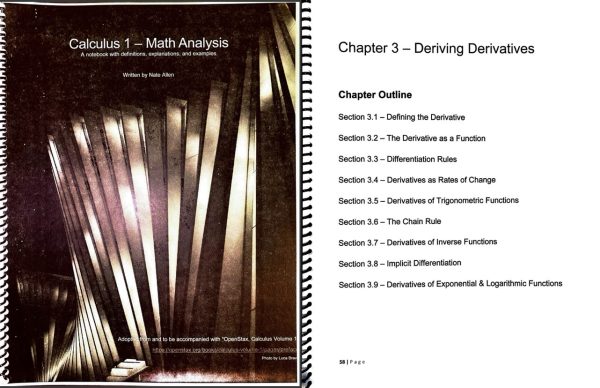
“You get $500 for just switching over. That’s really convinced a lot of people to at least just try it,” Potter said.
The whole process requires a lot of communication, according to Potter.
“We kind of strategize on, well this one guy, he’s the only one that teaches this class, but he’s not really into it. So let’s try to convince him and then slowly one person will change their mind and the next person will change their mind,” Potter said.
Allen said that although the department could suggest a direction worth taking, instructors still have the purview to decide what they think is best.
“That’s out of our control, even our Dean’s control, they can’t decide for us,” Allen said.
Seventy-seven percent of students who took the Spring 2025 End Of Term Survey considered ZTC/LTC materials to be very or extremely important when registering for classes.
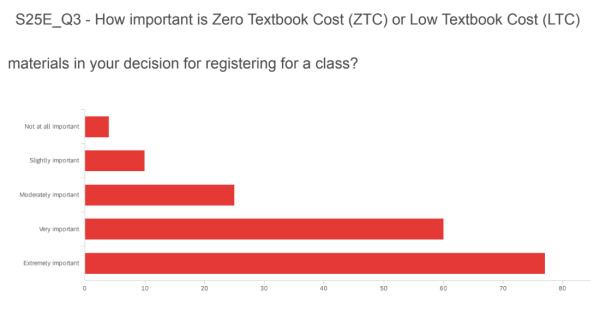
Potter said the feedback from student surveys help prove how crucial the ZTC program is.
“It’s almost heartbreaking to read some of those comments, you know, I’ve seen comments where students are like, ‘I couldn’t take as many courses that I wanted to because the books were just too much,’” Potter said.
Allen said that before the coronavirus pandemic his students used a system called MyMathLab by Pearson Education which included required textbooks and online resources for classes.
Allen said the system was helpful but cost between $60-$100. It had a two-week free trial but many students’ financial aid wouldn’t arrive until after that time period.
“A lot of them would have that week to two-week lull where they couldn’t do anything,” Allen said.
But during the pandemic, Allen said faculty began researching alternatives and found MyOpenMath, a non-profit course management system comparable to MyMathLab.
Allen said he’s been using MyOpenMath ever since.
“It definitely alleviates that pressure, which is huge for the students and it’s easier for the instructors. It’s a no brainer for me,” Allen said.
In the 2020 Student Textbook Affordability Survey, 74% of students indicated that they took fewer classes due to textbook prices.
Potter said that faculty are able to use “data dashboards” to look up success rates from previous semesters.
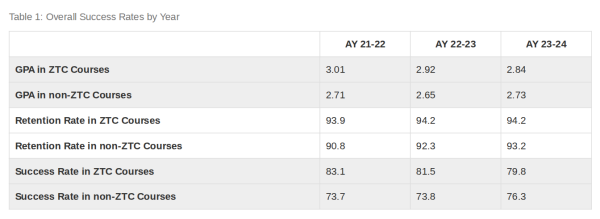
According to the data, students of all demographics perform better in classes with free textbooks.
“When you ask why are they giving so much money for this, that’s the reason why. Because it’s just been proven time and time again that students do better when they have ZTC,” Potter said.
Potter and Allen said certain programs like nursing, automotive technology and trigonometry are harder to accommodate than others due to industry regulations on materials or a lack of OER alternatives.
More than 50% of classes at FCC were ZTC/LTC in 2024. Some courses don’t meet the requirements for the program but most do.
Potter encouraged discussion about the topic.
“What I would say to students is, complain to your teachers about it. If students really are more intentional about choosing ZTC courses in their schedule when they register, then that will put pressure on the faculty,” Potter said.
This article has been slightly edited since was published to fix a factual error regarding the location of the copy center. The previous version incorrectly stated that it was located in the Health Services building.

